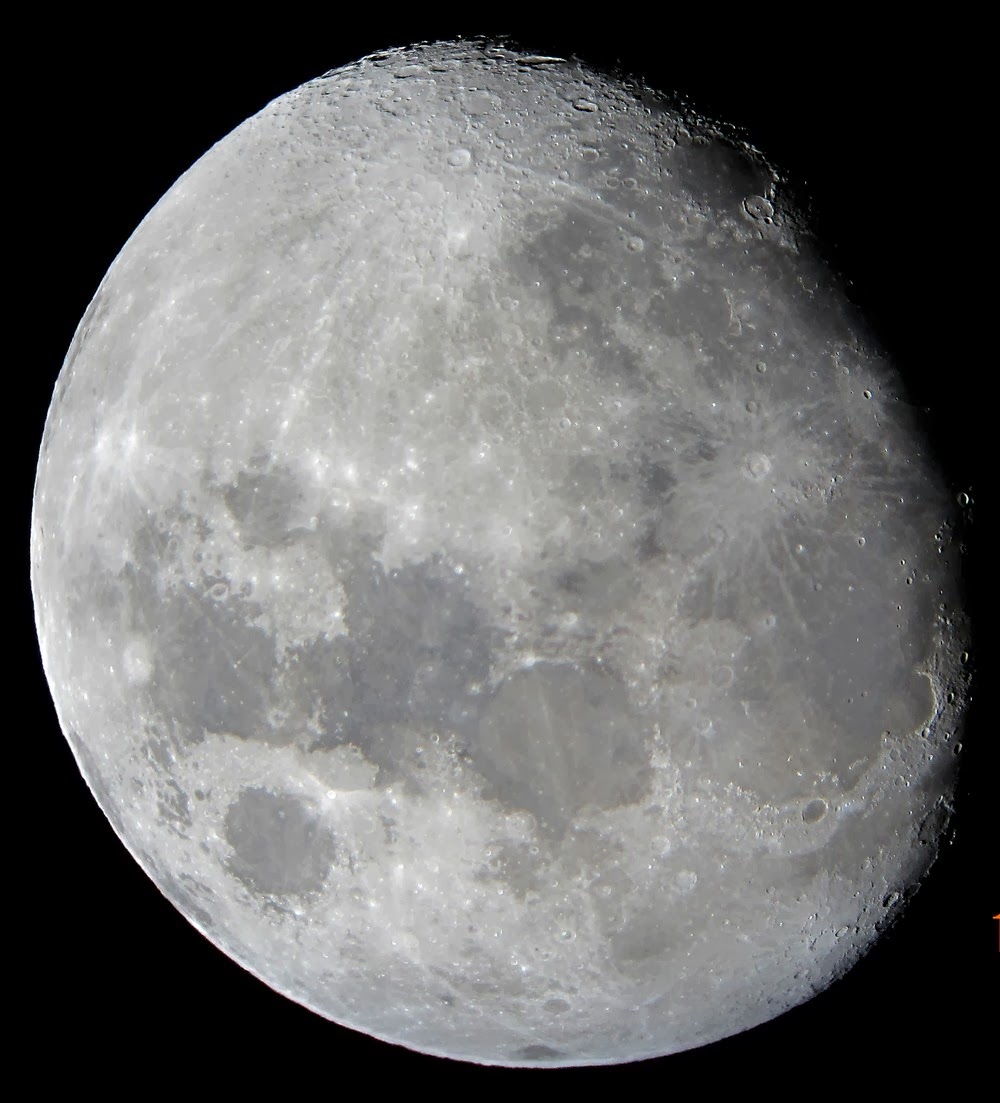*
In an ideal world one would have a spare length of motor sized shaft with a flat filed or ground on it. This could then be inserted into the now empty sockets in the worms. The backlash, friction and freedom could then be easily sensed while twiddling this length of imitation motor shaft back and forth in the fingers.
There is no point in reducing backlash if it means over-tightening the big fixing bolts on the worm housings until the worms will no longer turn freely. I used a cross-head screwdriver as a tool to turn the worm back and forth because it just happened to fit the hole well enough to allow me to turn the worms easily.
The worms should be square to the wormwheels and at the correct height to bed perfectly in the curve formed by the cut "teeth" on the rims of the wheels. On my own worm housings are two socket head grub screws to adjust the height and tilt of the worm housings. The odd thing is that these screws are on the opposite side of the fixing bolts. So tightening the grub screws increases the pressure of the worm on the wormwheel. Which seems counter to common sense.
As is usual with any mounting the balance is crucial to ensure freedom of movement when driven. If the motor has to work hard to lift the OTA "uphill" then drive accuracy is unlikely. The same could be said it the telescope wants to run away downhill because it is too heavy for the counterweight. The drives should be freed and the OTA (telescope) adjusted for longitudinal (see-saw) balance around the declination shaft.
The counterweights must also be adjusted along the declination shaft to ensure the entire mounting is in balance with the telescope around the polar axis pivot. Some telescope tubes are fitted with sliding, or threaded weights to adjust the telescope tube balance end to end. Changing accessories at the eyepiece can easily alter the tube's own balance. Particularly if a heavy camera is fitted in place of a simple eyepiece. It will also alter the balance around the polar axis unless care is taken in fitting a sliding tube balance weight to compensate.
The images in this post are all from the first arrival of my MkIV. Conditions aren't conducive to technical photography at the moment. With heavy overcast skies and short daylight hours.
Click on any image for an enlargement.
*

